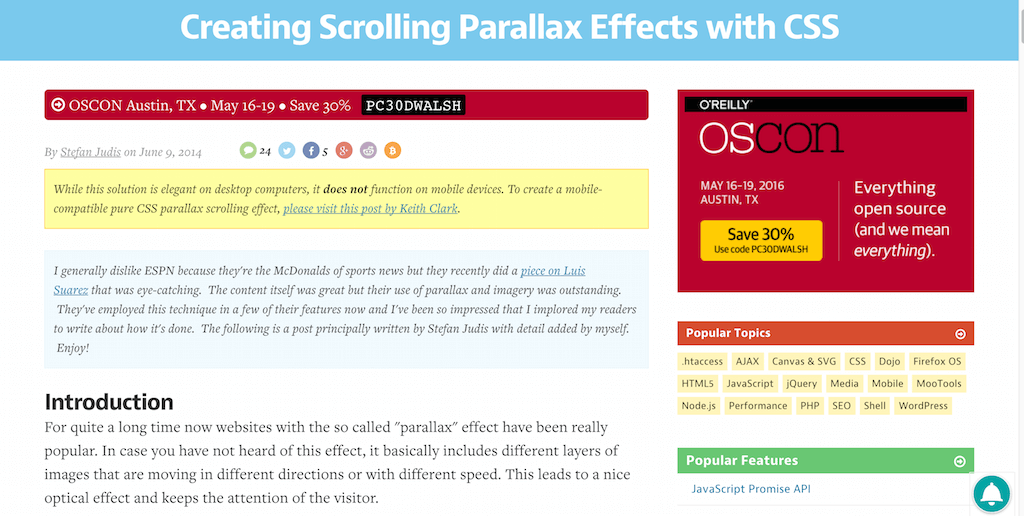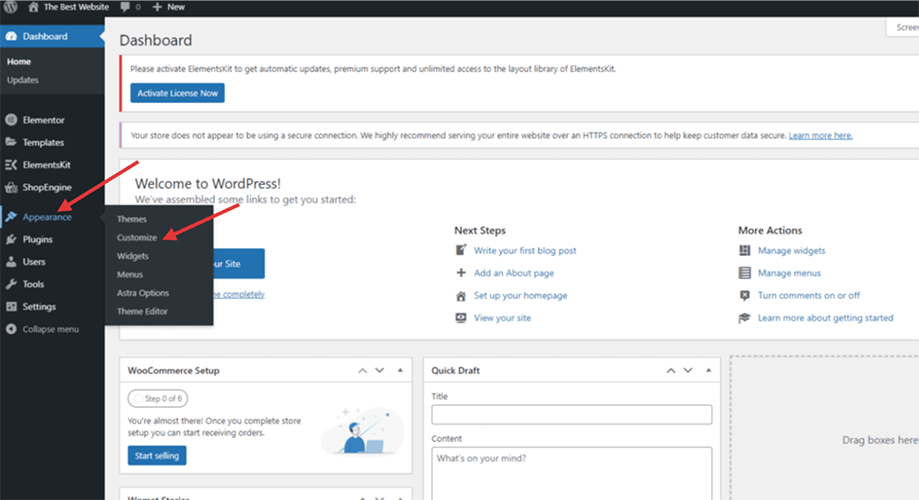
While the user is engaging with that content, load other content so that the user does not endure interruptions or wait time.

In fact, page load times are continuing to get slower. However, websites are not doing a good job of meeting this industry standard as a recent “State of the Union” survey from Radware indicates. (How fast does your website load? Test it here). Optimal page load time is still less than three seconds any longer and sites risk losing customers and sales. However, because all of the graphics and text are on one page and these sites often use video, they can also be a performance nightmare if not optimized correctly.Īs we know, page load times and Time to Interact (TTI) are important metrics to track when it comes to creating a great user experience. It’s easy to see why people love sites that use these design techniques. Oftentimes single page design and Parallax scrolling are used together.

Parallax scrolling uses multiple backgrounds that seem to move at different speeds to create a 3D effect. Parallax scrolling has been around in video games for years, but is becoming an increasingly common part of the scrolling feature of a web page.

Single page design is-you guessed it-a website that uses one web page to display all of the site’s content. Two new website designs have recently grown in popularity as marketers look for clean, concise ways to tell their company’s story. Parallax scrolling websites can become a performance nightmare if not optimized correctly.


 0 kommentar(er)
0 kommentar(er)
